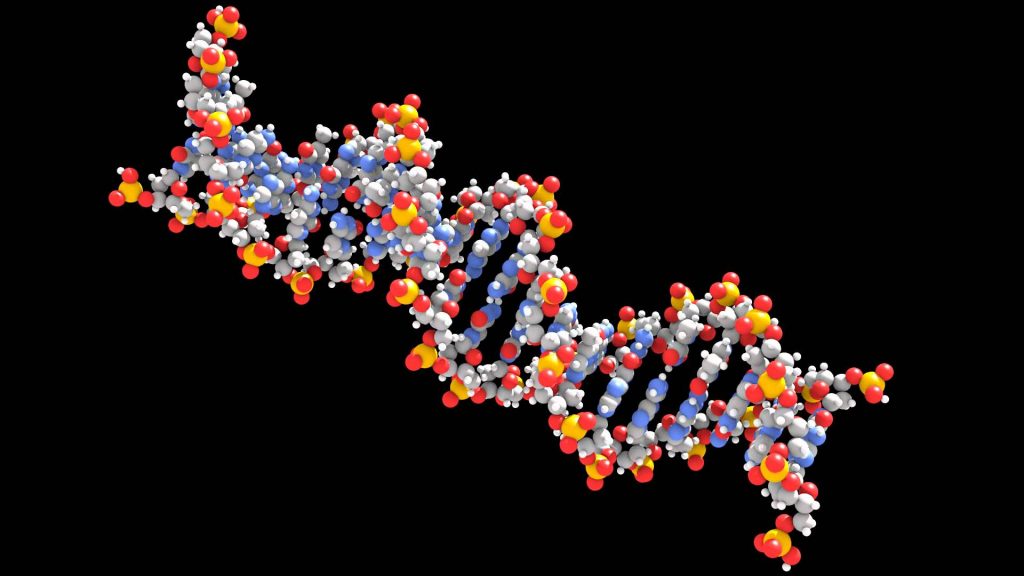American researchers at the University of Washington have, with Microsoft’s help, found a way to store digital data using strands of DNA.
The new method is thousands of times more dense than today’s storage technology, to the point where data that previously only fit into a building-sized data-centre can be stored in something the size of a sugar cube. On top of that, data stored that way can last for “hundreds of thousands of years”, the researchers said in a press release.
The recently-released research paper on the subject outlines how the the research team, made up of various academics from the University of Washington and two engineers from Microsoft, managed to encode a series of image files into the nucleotide sequences of synthesised DNA snippets.
The process converted the 1s and 0s of the code into the building blocks of the DNA sequence, which was then dehydrated for long-term storage, and the data was then retrieved without losing a single byte.
“Life has produced this fantastic molecule called DNA that efficiently stores all kinds of information about your genes and how a living system works. It’s very, very compact and very durable,” said co-author and associate professor of computer science and engineering Luis Ceze in the official release.
Since we’re constantly being told just how much data has exploded in the past few years and how far it’s expected to grow in the very near future – storage giant EMC estimated in 2014 that we’ll generate “44 trillion gigabytes” annually by 2020 – this new technique of arranging and storing digital data may just offer a solution that won’t require the construction of more massive datacentres to house it all.
We love this sort of breakthrough, and can’t wait to see it applied in practical situations. Perhaps some day we’ll all be walking around with hundreds of terabytes of storage on our phones, made possible by this exact discovery that can apparently store 10 000 gigabytes in a pink smear of DNA only slightly larger than a crayon’s nib.
[Source – University of Washington]

